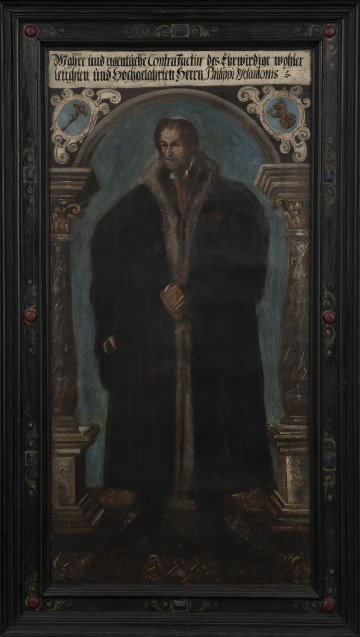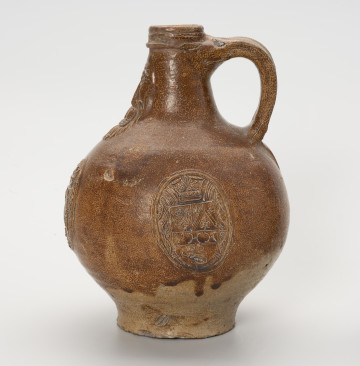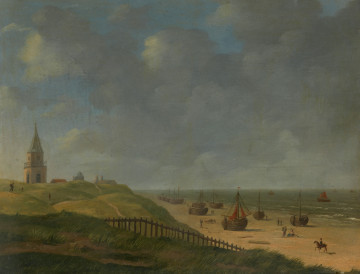
Portrait of Philip Melanchthon
circa 1560 — 1580
National Museum in Szczecin
Part of the collection: Graphics of German speaking countries
Alexander Kanoldt's composition depicts a gentle hill in the northern part of the island of Hiddensee. It is the fourth in a series of compositions devoted to this small Baltic island. The vast hill covered with grass has been rendered almost entirely topographically. It shows the surface with virtually no vegetation surrounding it. There is a dense forest only on the left slope of the hill. The viewer has the impression that he/she is looking at a desert. Still, the winding dirt roads encircling individual hills and leading in different directions and the distant line of electricity and telephone poles leading to the lighthouse not visible in the composition testify indirectly to the presence of man. The composition, made in 1927 using lithography on thin Japanese paper, belongs to the works created in the style of the so-called New Objectivity (Neue Sachlichkeit). Representatives of this art movement tried to depict reality as faithfully and accurately as possible, but at the same time coolly and objectively. The island of Hiddensee has been depicted in art since the 1830s. Since the beginning of the 20th century, the establishment of urban artist colonies has attracted artists seeking places far from industrialised centres, where nature is still natural, and people lead simple lives. Alexander Kanoldt was born in 1881 in Karsluhe and died in 1939 in Berlin. He studied at the art school in Karlsruhe. He initially settled in Munich, where he belonged to the Expressionist group. In 1913, he joined the Münchener Neue Secession (New Munich Secession). After the end of the First World War, his stay in Italy brought with it the evolution of his style towards New Objectivity. From 1925, he worked as a teacher in Breslau and Berlin.
Ewa Gwiazdowska
Author / creator
Dimensions
cały obiekt: height: 373 mm, width: 514 mm
Object type
graphic
Creation time / dating
Creation / finding place
Identification number
Location / status

circa 1560 — 1580
National Museum in Szczecin

1600 — 1699
National Museum in Szczecin

między 1820 — 1835
National Museum in Szczecin
DISCOVER this TOPIC
National Museum in Szczecin
DISCOVER this PATH
Educational path